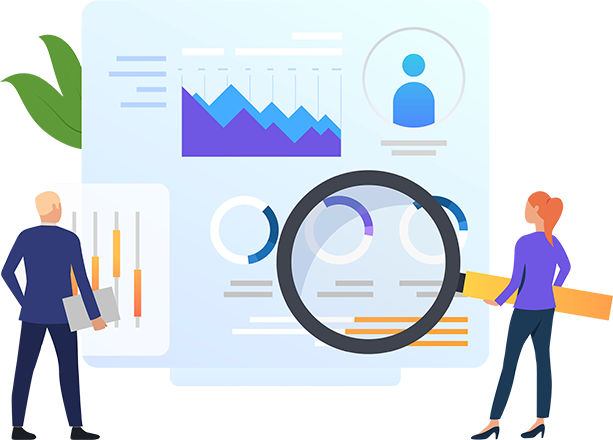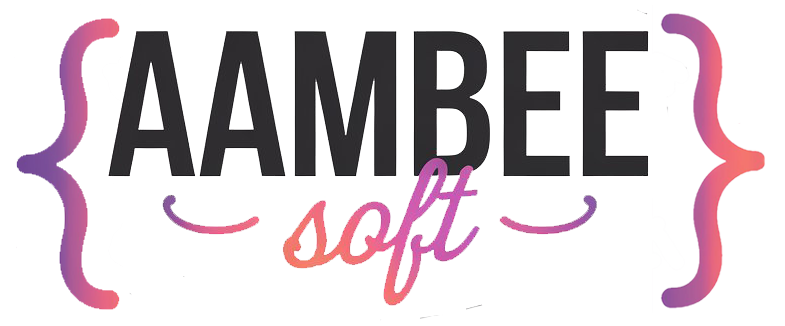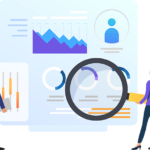Essential Web Security 2025
With cyber threats evolving at an alarming pace, web application security is no longer optional—it’s a necessity. Hackers constantly exploit vulnerabilities and businesses that neglect security measures risk data breaches, financial losses, and reputational damage.
This Web Application Security Testing Guide will walk you through secure web development practices in 2025 and provide an Essential Web Security Guide ( OWASP Top 10 Implementation ) to fortify your applications. Whether you’re a developer, security professional, or business owner, this guide will equip you with the latest insights to safeguard your web assets.

Understanding Web Application Security
Essential Web Security 2025 Web applications are prime targets for cybercriminals due to their accessibility and integration with sensitive data. A robust security framework helps prevent unauthorized access, data theft, and service disruptions. The key components of web security include:
- Authentication & Authorization: Ensuring only legitimate users gain access.
- Data Encryption: Protecting sensitive information from interception.
- Secure Coding Practices: Writing code resilient to attacks.
- Regular Security Testing: Identifying and fixing vulnerabilities before they are exploited.
Top Web Application Security Threats in 2025
Injection Attacks
- SQL injection and command injection remain critical risks.
- Use parameterized queries and input validation to mitigate threats.
2. Broken Authentication
- Weak passwords and session management flaws can lead to unauthorized access.
- Implement multi-factor authentication (MFA) and limit login attempts.
3. Sensitive Data Exposure
- Poor encryption and improper data storage can lead to breaches.
- Adopt strong encryption protocols like AES-256 and secure API endpoints.
4. Security Misconfigurations
- Default settings and improper permissions create vulnerabilities.
- Conduct regular security audits and apply the principle of least privilege (PoLP).
5. Cross-Site Scripting (XSS) Attacks
- Attackers inject malicious scripts into web pages.
- Use Content Security Policy (CSP) and sanitize user inputs.
6. Cross-Site Request Forgery (CSRF)
- Attackers manipulate authenticated users into executing unintended actions.
- Implement CSRF tokens and strict referrer validation.
7. Using Vulnerable Components
- Outdated libraries and dependencies introduce risks.
- Use automated dependency scanning tools like Snyk or OWASP Dependency-Check.
8. Insufficient Logging and Monitoring
- Without proper monitoring, attacks go undetected.
- Deploy SIEM (Security Information and Event Management) solutions.
Essential Web Security 2025
1. Secure Code Review
- Follow industry standards like OWASP Secure Coding Guidelines.
- Perform static and dynamic code analysis regularly.
2. Implementing DevSecOps
- Integrate security into CI/CD pipelines.
- Automate security testing during development.
3. Least Privilege Access Control
- Limit user permissions to only what is necessary.
- Enforce role-based access control (RBAC).
4. Secure API Development for Essential Web Security 2025
- Use OAuth 2.0 and API gateways to control access.
- Implement rate limiting and request validation.
5. Continuous Security Testing
- Conduct penetration testing and ethical hacking assessments.
- Use tools like Burp Suite, ZAP, and Nikto.
OWASP Top 10 Implementation Guide
The OWASP Top 10 provides an industry-standard framework to mitigate risks. Here’s how to implement security best practices:
- Apply Secure Authentication Mechanisms (e.g., MFA, OAuth, JWT).
- Sanitize Inputs to Prevent Injection Attacks.
- Encrypt Sensitive Data Using TLS 1.3 and AES-256.
- Conduct Regular Security Patching and Updates.
- Use Web Application Firewalls (WAFs) for Protection.
- Enforce Strong Session Management.
- Employ Secure Development Lifecycle (SDLC) Practices.
- Monitor and Log Security Events in Real-Time.
- Educate Developers on Cybersecurity Awareness.
- Engage in Bug Bounty Programs to Identify Vulnerabilities.
Frequently Asked Questions
1. What is Web Application Security Testing?
Web application security testing involves assessing a website or application for vulnerabilities using techniques like penetration testing, static code analysis, and security scanning.
2. How Often Should Security Testing Be Performed?
Security testing should be continuous and integrated into the development lifecycle to ensure real-time protection.
3. What Are the Best Tools for Web Security?
Popular tools include Burp Suite, OWASP ZAP, Nessus, and Metasploit for penetration testing and security assessments.
4. How Can Small Businesses Improve Web Security?
Small businesses should enable HTTPS, enforce strong passwords, and use cloud-based security services like Cloudflare WAF.
5. What Is the Most Effective Way to Prevent Attacks?
A multi-layered security approach involving firewalls, encryption, security testing, and user education is the most effective.
Conclusion
Securing web applications is an ongoing process that requires diligence and proactive strategies. By implementing Essential Web Security 2025 the OWASP Top 10 recommendations, adopting secure web development practices in 2025, and following this Essential Web Security 2025 Testing Guide, you can protect your applications from emerging threats.
Invest in continuous security testing, keep software updated, and educate your team to minimize risks. Cybersecurity is not a one-time effort—it’s a continuous battle against evolving threats. Stay vigilant, stay secure.







